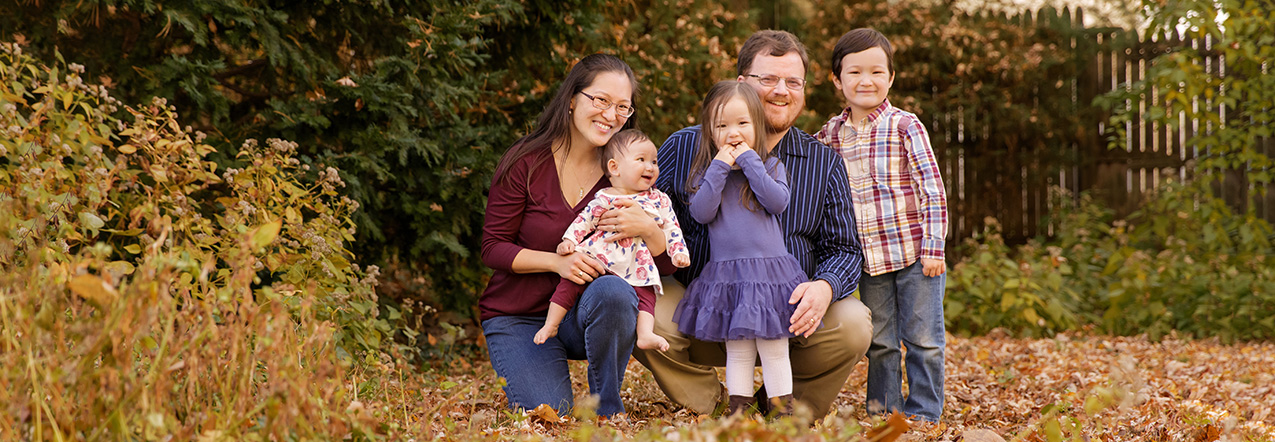-
Posts
808 -
Joined
-
Last visited
-
Days Won
5
Everything posted by Christina Keddie
-

Turning a photo into a pen drawing
Christina Keddie replied to Hiswife's topic in Miscellaneous questions or problems
Damien will want to see the photo you'd like to edit in this way. -

How did she make this look like a heart?
Christina Keddie replied to Allie's topic in How to achieve a certain look or effect
No, I'm sorry, that isn't a link. Try again when you're not on your phone? -

strange color when exporting from LR to PS
Christina Keddie replied to nery's topic in Lightroom questions or problems
That resolution number means exactly diddly squat. PPI is pixels per inch, and there are no "inches" unless and until you define them (by cropping, for instance, and defining the width and height as well as the resolution parameters). So don't worry about the resolution box until you're changing the size of your file. -

In-camera noise reduction
Christina Keddie replied to Gera's topic in Miscellaneous questions or problems
Are you shooting in raw? If so, and if you're using LR or ACR to read your raw files (rather than the proprietary Canon/Nikon software), then the in-camera noise reduction isn't going to apply. If you're shooting JPG -- please stop. And with JPGs, I'd still avoid using in-camera noise reduction -- it's a blunt force tool, compared to the scalpel of proper noise reduction which you apply yourself in LR or ACR. -

Program for Organizing Files
Christina Keddie replied to Shannikk's topic in Miscellaneous questions or problems
If you don't want to use LR, then use Bridge. It comes with PS -- simply download it and install it and you're up and running. But of course, any workflow management tool is only as good as the files and folders you put into it. Bridge (and LR, for that matter) will view your files as they exist on your hard drive. And if they're a gigantic hot mess on your hard drive, they'll be the exact same gigantic hot mess in Bridge or LR. You'll have to use Bridge (or LR) to delete, reorganize, rename, keyword, etc. all of your files. Here's a video that gives you the basics of workflow management with Bridge, as a starting point for you! -

Pixel Question
Christina Keddie replied to JenniferJ's topic in Output - print, websites, Facebook, email, client disk, etc
There's this for figuring out how many pixels you'd be left with after cropping, and whether that's enough for printing. If you just need to find out the pixel dimensions of a file, simply go to Image > Image Size and see what it says there.- 1 reply
-
- 1
-

-

Storage and file keeping
Christina Keddie replied to JoZolg's topic in Miscellaneous questions or problems
Yeah -- what happens if there's a fire at your home/studio while you're in the middle of editing client work? Or a break-in, with your computer stolen? I know that's a remote possibility, but a good backup system has you covered no matter what. (And I love having simultaneous cloud backups of my work on a continuous basis. I have cloud backups of my edited files no matter how far I am into editing a session.) -

Storage and file keeping
Christina Keddie replied to JoZolg's topic in Miscellaneous questions or problems
Always follow the 3-2-1 rule of backup: at least three copies of your files, on at least two different types of media, with at least one copy off-site. Internal HD, plus external HD, plus cloud backup, for instance. Or internal HD, plus external HDs on site, plus a few external HDs off-site that you switch regularly to upload files onto. -

Storage and file keeping
Christina Keddie replied to JoZolg's topic in Miscellaneous questions or problems
Have you already read this article? (Also: I hope you're doing more than just storing your files on two internal hard drives for backup, yes?) -
@mrscranker, I'm merging your thread in with this one, as it should have been in this subforum and it's very in line with the question Sam was asking. (Did the merge at exactly the same time as Damien answered Sam's question -- was hoping to get this done before he responded, so sorry about any confusion!)
-

Best way to extend image to cover canvas wrap area
Christina Keddie replied to Snook's topic in Help with editing
Wow, what lab is this? That's crazy if they wouldn't allow you to submit your own full design for the image wrap. -

Canvas issues.
Christina Keddie replied to Markbd's topic in Photoshop / Elements / Bridge / ACR questions or problems
I'm sorry, I have no idea what you mean by it having "any of the old uncrossed version still showing." Can you explain that a bit? Because I'm not understanding why you'd ever need transparency when you expand you canvas size. -

Screen looks red
Christina Keddie replied to photodoula's topic in Monitor calibration questions or problems
Just to rule out the obvious -- you're absolutely sure that you sent the lab files with sRGB embedded? -

Best way to extend image to cover canvas wrap area
Christina Keddie replied to Snook's topic in Help with editing
Mirroring means that you flip the bit you copy, so you get a mirror image -- so the exact same tones will be touching the edges, and you'll get a reverse gradient out towards the opposite side. Voila, perfect matching. But yes, try it out, and if it doesn't work, I'd go with a plain black edge rather than an image wrap. -

Best way to extend image to cover canvas wrap area
Christina Keddie replied to Snook's topic in Help with editing
Wouldn't mirroring the edges make more sense here, particularly for the top edge? -

in camera mode adobergb or srgb
Christina Keddie replied to Amy Claire's topic in Photo Gear & Equipment
As long as you're shooting in raw, the in-camera settings don't apply to your files, so they don't matter from that perspective. But the camera histogram is based on the jpg preview, so it makes sense to have your camera set to sRGB. And you'll thank yourself if you accidentally switch to shooting in jpg without realizing it! -
Well, first of all, you've got a color space problem. Did you use your lab's template to create these, and therefore use the color space they recommended? Or did you make these from scratch yourself? Make sure to go through this to fix your general color space problems: http://www.damiensymonds.net/art_tscs000.html
-
Where are you printing this, and what is that printer's recommended minimum PPI? You'd have to make the file 4x6 at a given resolution -- the 4x6 is the right shape, but it isn't the right size (with the right number of pixels) unless you've set the resolution correctly. 4x6 at 300ppi (which is generally what print labs require) would be 1200x1800 pixels. Is that what you've got?
-
Just open Bridge, and use it to navigate to your files. Simple as that. Watch this video for tips on how to handle your files. (And seriously, get a card reader -- using a cable to hook your camera up to the computer is slower and more prone to file corruption and worse for your cards.) And then this video for a basic introduction into using Bridge for your workflow management.


